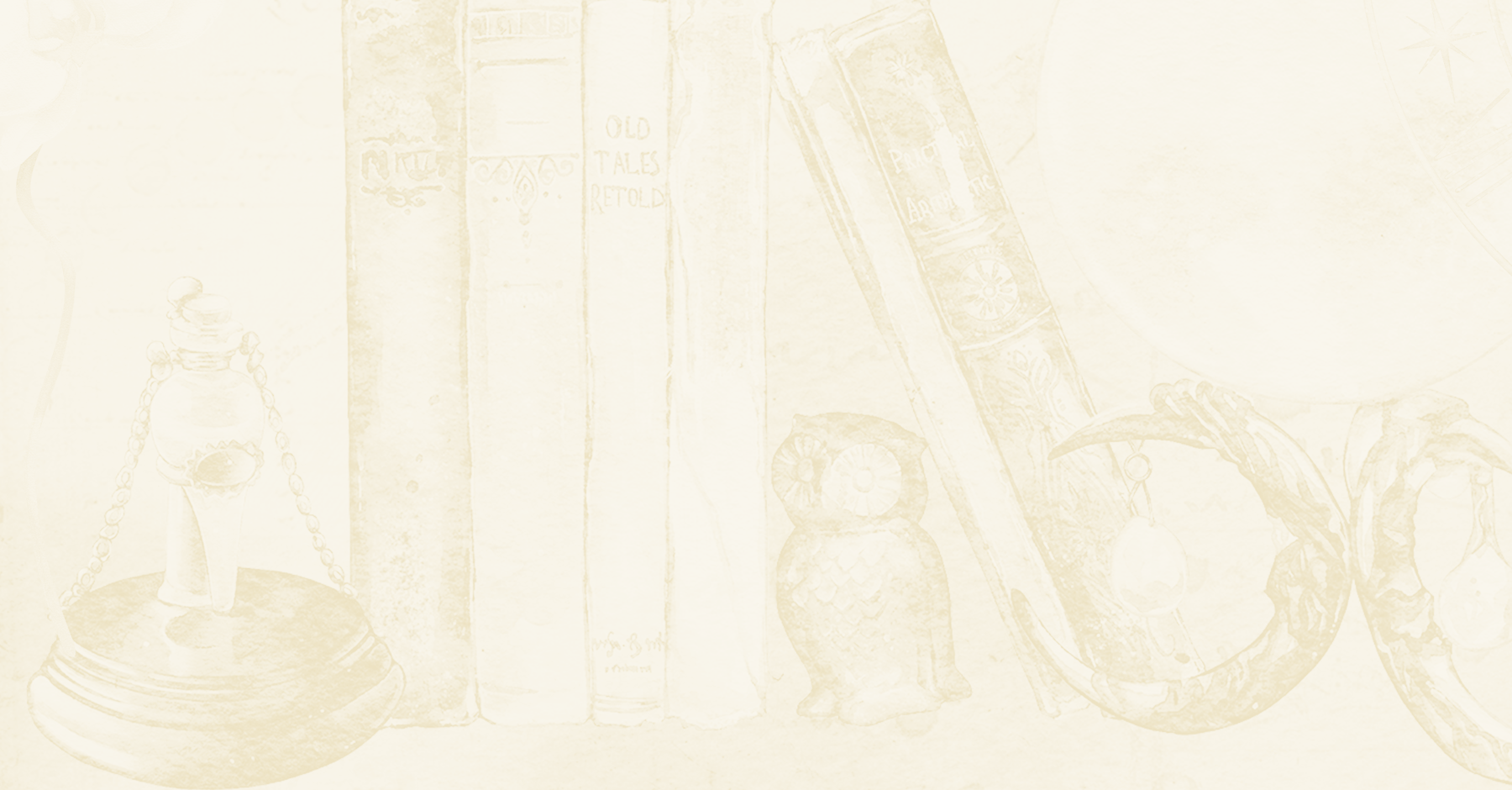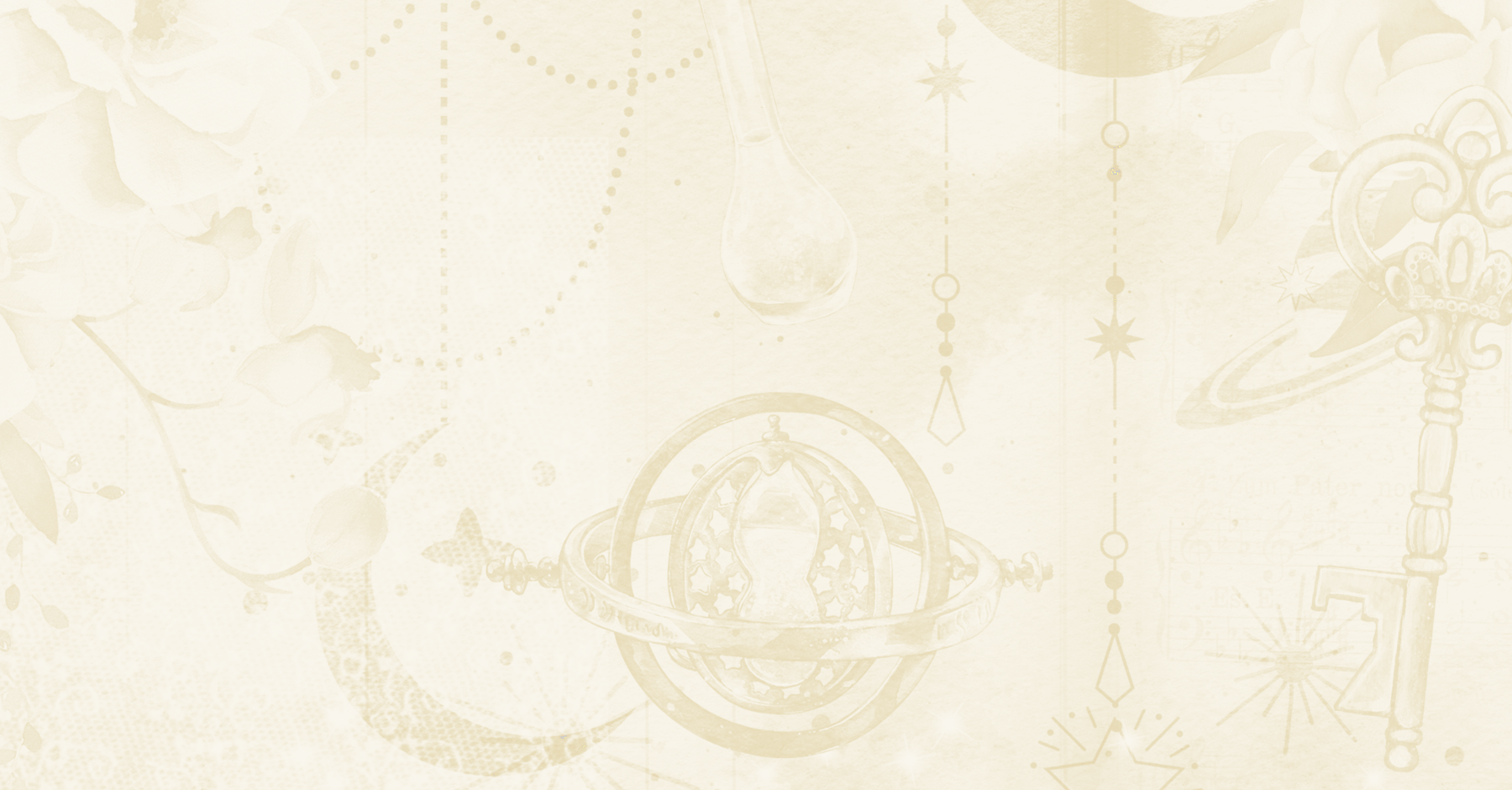
Adri Bruckner
Case study: Manuscript assessment
“I carry Fae’s report around with me :). It kickstarted my editing process!”
-Adri Bruckner, women’s fiction author
“I had the story down, and had enjoyed input from critique partners, but felt it was time for an outside, professional eye on it to help get me started on editing.”
-Adri Bruckner
I will sing the praises of manuscript assessments until the end of time. They give authors a practical, actionable road map for what to do with their manuscript next. They answer those buring questions about what’s working and what isn’t. If you want to get on the train out of stucksville, a manuscript assessment is your ticket to freedom.
Time for a fresh perspective
Adri had completed her manuscript, Broken Tiles, and had worked with some fabulous critique partners. She was looking for a professional perspective, and some ideas on how to move forward.
Manuscript assessments are perfect for authors like Adri who want an overview of what’s working in their book, and what could be stronger. Manuscript assessments provide a thorough overview of every aspect of the book, and I pack them full of suggestions for how to strengthen it.
Every manuscript assessment starts with an account of what reading the book was like for me, not as an editor, but as a reader. Starting this way lets authors see for what their book is like to experience. They get the inside scoop on what resonates, parts that didn’t connect quite as much, and where I was gripping the edge of my desk with excitement.
What matters most: Writing the book you want to write
Our intake call was magical: Adri is so passionate about her work. We quickly found we were on the same page (#sorrynotsorry) about the importance of writing what calls you, not what you think you should write. She admitted feeling frustrated with all the different “structures” out there, and wanted editorial input that would stay true to her vision, instead of trying to shove her work in a box.
We talked at length about what inspired Broken Tiles, what it meant to Adri, and how she wanted to connect with her readers. I firmly believe a manuscript assessment is only effective if I have a deep understanding of why the book matters to its author, and their vision for it. I’m here to help them reach that vision, not fit some pre-defined idea of what a book “should” be.

From my assessment of Adri’s manuscript: I loved watching [the characters’] friendship develop, seeing how [the characters] helped each other, supported each other, and taught each other about their respective cultures.
I’m here for authors - and that means showing what shines, not just what needs work.
Cheerleading is a vital part of what I do. Showing authors where they shine isn’t just about boosting confidence: It’s a handy guide to what works. When you know what works, you can hone those pieces of your craft to maximum brightness.
From my assessment of Adri’s manuscript: I almost forgot I was editing because I was too busy cheering for [character]! I especially loved that she wasn’t bitter or nasty, but instead strong and grounded and ready to be true to herself. The emotional gut-punch of her finding the note in the book from her mother was masterfully done. I felt that to my core.

“I have notes on a whiteboard of things from Fae’s feedback that I can tackle in my editing.”
Time to get detailed
After the initial readthrough notes, my clients get a deep dive into the key aspects of their book:
The main characters. I write about what they want, their relationships and dreams and ambitions, their themes and story arcs. How does all of that come across to the reader? Are they relatable? Interesting? What’s their development like? Do they stay consistent in how they’re written?
Supporting characters. How do they relate to the main plot? How well are they doing their job?
Flow, story arc and pacing. Which bits kept me turning the pages? Anything that was a little slow? Did it all hang together or does it need a little help?
World building. It’s not just for fantasy novels. Every book has its own unique world and culture. I’ll explore how your world draws the reader in.
Dialogue and language. How does it ring in my inner ear? Anything you could do to strengthen it?
Things that don’t fit anywhere else!
Each assessment is packed with thoughts, ideas, and suggestions.
I write notes for each section, talking my authors through what’s working brilliantly, and what could be stronger. Adri’s writing had fantastic emotional interiority and strong symbolism. I made a few suggestions around action beats, pacing and use of flashbacks that I thought would strengthen the book even more.
Every assessment concludes with three vital sections:
Things that shine.
Knowing this is a fantastic confidence boost, but it’s more than that. It shows your strengths so you can lean into them, and often provides a roadmap of themes and motifs that shore up the book’s underlying structure.
Things that could be even stronger
Collecting areas for potential polishing in one place is helpful. It’s a quick overview of where to start with your next editing round. For each area, I talked with Adri about my conclusions, how making changes would strengthen her book, and plenty of suggestions of what to try.
Specific areas the author asked me to look at
I never start a manuscript assessment without asking my clients about areas they’re particularly worried about. And I never end one without tackling those areas. Getting answers to those questions that have been niggling at you is invaluable.
From my assessment of Adri’s manuscript: Everything after that line could either be nixed, or re-purposed elsewhere in the story. It made for a perfect, satisfying, heart-warming closing line and I felt I didn’t need anything else at that point.
From my assessment of Adri’s manuscript: I think this would work even better if you showed more explicitly that being around [character] increases her boldness and tendency to take action.
From my assessment of Adri’s manuscript: You have a knack for describing places, and at many points I felt I was right there with [character], walking the streets and seeing the sights.
Adri’s question to me: Are the motifs clear and sprinkled throughout in an appropriate way?
My answer: Very clear. When I was off having a cup of tea and didn’t have my “editing head” on, the sense of place and art and beauty was what stayed with me.
“Our calls were full of giggles and I felt Fae and I were on the same wavelength when it came to writing, and how to improve my novel.”
-Adri Bruckner
Writing a book is hard. Working with an editor doesn’t have to be.
Every manuscript assessment starts and ends with a call (unless you hate talking on video in which case we’ll email or voice note back and forth to our hearts’ content.) My calls are always filled with laughter, and it’s not unusual for a mini confetti cannon or some glitter to make an appearance.
I also drop in to my authors’ inboxes along the way, letting them know what I’m loving and what’s got me turning pages faster than a dog that just heard the word “walk.”

“I highly recommend working with Fae! They took the time to ask me a detailed set of questions about my manuscript and my motivation, invited me to ask specific questions for them to answer as they read, and provided a thorough assessment with both praise and actionable, constructive feedback that kickstarted my editing process.”
-Adri Bruckner
Thanks to Adri for this case study, and for the opportunity to be on Team Broken Tiles
Fancy your own manuscript assessment, complete with detailed report, actionable tips, and plenty of laughter along the way?



